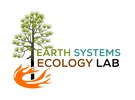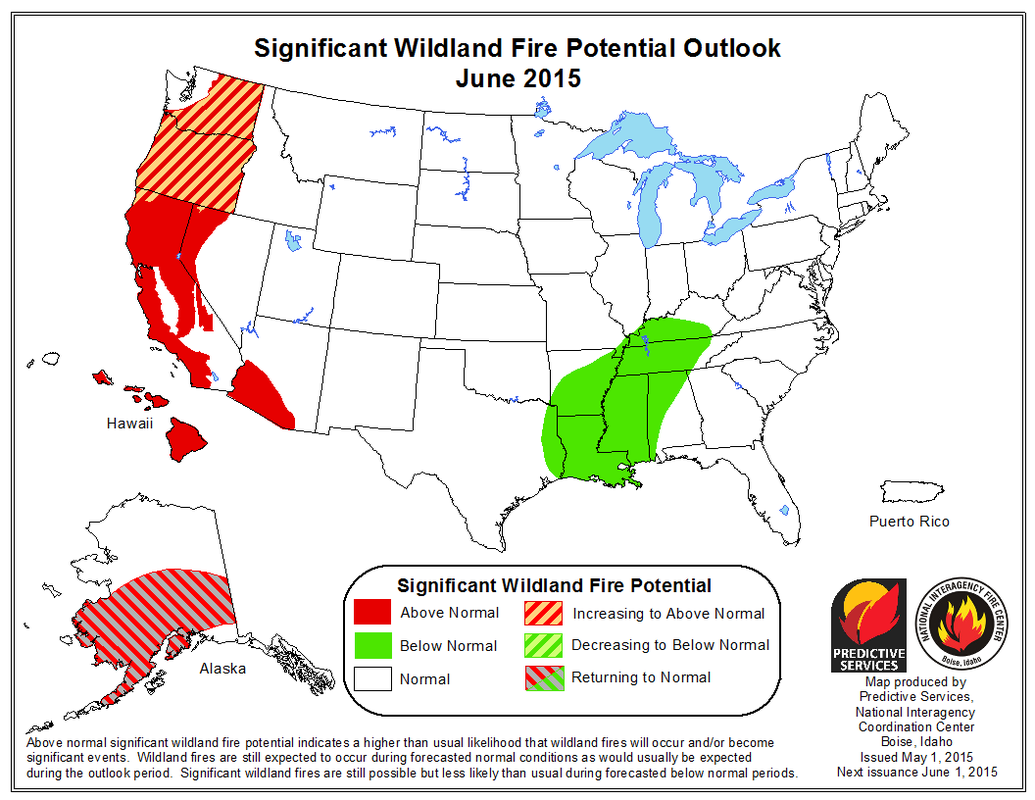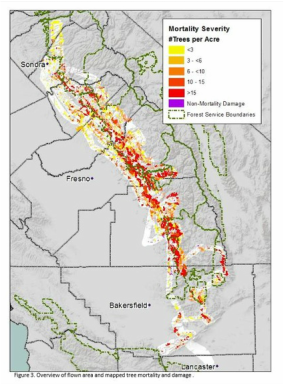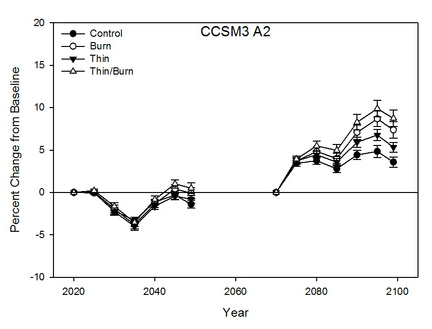|
The on-going drought in the western US does not bode well for the wildfire outlook this season. A largely absent snowpack in the Sierra Nevada mountain range not only decreases water supplies for society, but also decreases water supplies for forests. In a typical year in this mountain range, the snowpack slowly melts during the spring and provides a steady source of water to the forest. The slow release of water is important for plant growth into the summer months. It is also important because it keeps all of the dead wood and dead leaves on the forest floor moist. This dead material is referred to as fuel by the fire community. Fuel moisture is an important indicator of fire risk because of the latent heat of vaporization. It takes a substantial amount of energy to turn water from the liquid phase to the gas phase, which is exactly why wet wood doesn’t burn in a campfire. In a year with little or no snowpack, the fuel moisture is lower at the end of winter and it takes less time to dry out as the temperature goes up. This is a contributing factor to June prediction for above normal fire risk in the Sierra Nevada. The current California drought has been linked to above average Pacific Ocean surface temperatures pushing the Jet Stream, which usually brings winter storms, north of California. Now in the fourth year of drought, tree mortality is increasing. The stress of drought on these trees is compounded by the density of trees. When tree density is high, there is more competition among trees for water. In the mixed-conifer forests of the Sierra Nevada, some trees are better competitors than others and some trees are able to access water trapped in bed rock. However, drought stress and high tree density can make trees more susceptible to insect attack, which can increase mortality rates. In Sierran mixed-conifer forests, fire suppression has increased tree density compared to what it was when regular surface fires maintained a more patchy forest structure. Efforts to reduce tree density by removing smaller trees and restoring surface fires may help lessen the impacts of drought. In a study led by Lucy Kerhoulas, we examined tree growth following thinning treatments in Arizona ponderosa pine. Ten years after thinning, big trees in moderate and heavily thinned stands maintained growth through drought years. We used the relationships between tree density, tree growth, and climate to model how trees in the Sierra might do under projected climate. We found that under the warmest climate scenario, thinning and burning treatments caused growth to be higher than the high density (control) forest. These results from tree rings and modeling suggest that thinning dense, fire-prone forests and restoring surface fires may help reduce the effects of drought on tree growth.
0 Comments
Danelle Laflower successfully defended her thesis on 6 May - Projecting the effects of climate change and management in forests of the Puget Sound Lowlands
Shuang Liang passed her comprehensive exam on on 4 May. |
Details
Archives
October 2023
Categories
All
|





 RSS Feed
RSS Feed